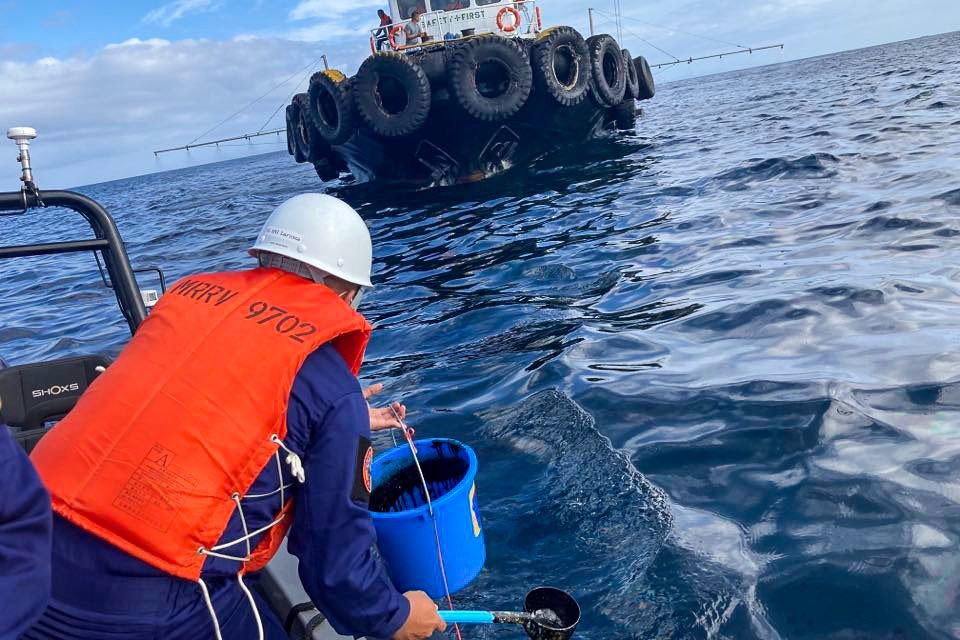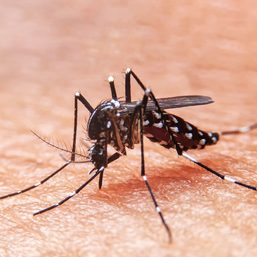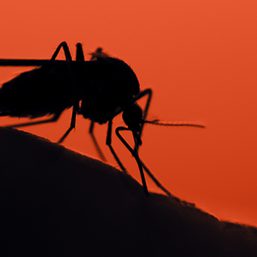SUMMARY
This is AI generated summarization, which may have errors. For context, always refer to the full article.

MANILA, Philippines – On Tuesday, February 28, a tanker carrying 800,000 liters of industrial oil capsized near Tablas Island in Romblon.
All 20 crew onboard the MT Princess Empress were rescued by the foreign general cargo vessel MV EFES, Joselito Sinocruz of Batangas’ Port Management Office said.
Soon after, oil sludge from the tanker had reached the shores of Oriental Mindoro, threatening “long-term damage” to the maritime environment around Mindoro island.
It was not only the environment that was suddenly at risk due to the oil spill, but Mindoro residents as well, who had to deal with the oil reaching their coastlines. Residents of Pola, Oriental Mindoro, reported using water containers, paint buckets, pails, and coconut husks to remove the oil.
What health risks are humans exposed to when they come in contact with industrial oil spills? Here are some things to know.
Damage to blood, liver
A 2014 article from the American Journal of Medicine found that people who participated in oil spill clean-up activities are “at risk of developing alterations in hematological profile and liver function.” Hematology refers to blood and blood disorders.
According to the article, crude oil spills can affect human health through exposure to toxic chemicals, such as para-phenols and volatile benzene.
Exposure to oil spills can also damage hematologic, hepatic (relating to the liver), respiratory (relating to organs involved in breathing), renal (relating to the kidneys), and neurological functions (relating to the brain).
Of the 117 subjects of the study who were involved in the clean-up operations of the 2010 Deepwater Horizon oil spill in Louisiana, 49% had above-average serum creatinine levels, and 65% of them had above-average hemoglobin levels.
Creatinine is a waste product in the blood that comes from muscles, and the serum creatinine level measures how well the kidneys are working. Increased creatinine indicates less effective kidneys. High hemoglobin levels are caused by low oxygen levels in the blood.
The researchers also found that over 70% of oil spill-exposed subjects had above-average levels of liver function enzymes.
Contaminated food sources
Since oil spills directly disrupt the habitats of marine life, the food chain is affected. According to the United States Environmental Protection Agency (EPA), oil can poison exposed organisms.
“It affects surface resources and a wide range of subsurface organisms that are linked in a complex food chain that includes human food resources,” the EPA said.
The severity of an oil spill’s impact depends of various factors, such as whether they are petroleum-based or non petroleum-based.
Acute symptoms
When tanker Prestige leaked oil off the coast of Galicia, Spain, in November 2002, thousands of people participated in the cleanup. It has been dubbed Spains “biggest environmental disaster.”
A 2007 journal article by Spanish researchers looked into the health effects of exposure to oil spills. According to the study, the people involved in the clean-up were exposed to toxic substances through inhalation or via the skin and mucous membranes.
Volunteers encountered the following health problems:
- Headaches
- Back pain
- Dizziness
- Dermatitis
- Respiratory problems
- Irritated eyes and throat
- Injuries, like cuts and blisters
- Nausea and vomiting
– Rappler.com
Add a comment
How does this make you feel?





There are no comments yet. Add your comment to start the conversation.